Mystras, Peloponnese, Greece 1/2014
Leaving Olympia we were headed south to Sparta via Mystras. It was raining. Coming down a long hill overlooking the large perfectly shaped bay towards Pylos, we passed a sign: “Nestor’s Palace”. It suddenly dawned on us that this was “THE King NESTOR” who is mentioned in Homer’s Odyssey. Gary had just finished reading about it. Odysseus’ son Telemachus was searching for his father and had sailed to Pylos. Nestor loaned Telemachus a chariot and insisted that his son accompany him to Sparta. We were traveling along this same road!
We bought fresh oranges and other produce at one of the roadside stands before heading up an absolutely beautiful mountain pass with amazing vistas. If it’s not already, it should be listed among the “to drive once in your lifetime” roads. If it had been a little narrower, it could be compared to Bolivia’s “Road of Death”. Few guard rails, sheer walls on one side and hundreds of feet straight drop to the bottom of the Laghadas gorge below. We stopped for lunch at the pass and it started to snow! Not wanting to dig out our Pewag chains, we locked the hubs and headed down, still in awe of the amazing road we had just driven.
After many S-curves, (some lock-to-lock), we arrived at the upper entrance of Mystras, a very important fortified town during the Byzantine era (14th/15th century), also occupied during the Ottoman era. A few families still lived in Mystras until 1952. Today, there are only seven nuns and their many cats left in one of the monasteries.
Mystras was the last center of Byzantine School of Frescos. Neo-Platonist philosopher George Gemistos Plethon lived here until his death in 1452. Interestingly enough, he and other scholars based in Mystras influenced the Italian Renaissance after he accompanied the emperor John VIII Palaiologos to Florence in 1439.
- We always find quiet overnight stays at marinas.
- Often roadside stands have fresher produce and lower prices. We like to support the local community.
- The narrow road along the edge of the Laghadas gorge was literally carved out of the side of the mountain, sometimes through it.
- If it weren’t for the width and the occasional guardrail, this would be one of the most exciting roads we have ever driven.
- Wet snow started to fall so we locked in the hubs and headed down the mountain before things got too nasty.
- Our GPS gave us an advanced idea of what the road was going to look like.
- Climbing up the rocky path to the fortress of Mystras was a great place for hiking boots and trekking poles.
- As we started up from the lower parking lot we could see the fortress high atop the mountain above the old town.
- From the ramparts of the fortress the view of Mt. Taygetos was beautiful.
- Pretty Spring flowers were clinging to a rock wall.
- The vista from Mystras down towards Sparta was impressive.
- The palace, now being restored, is evidence of the power Mystras once represented during Byzantine times.
- From the fortress we could keep an eye on The Turtle far below.
- Rock inlayed mosaics adorned the floors of many churches in Mystras.
- The beautiful dome of this church was surrounded by remnants of frescos from Byzantine times.
- One of the monastery towers has been partially restored. It featured a unique internal staircase.
- Double eagles, this one in marble, indicate royal presence.
- This cute puppy befriended us and followed us all the way to the top. He finally gained some attention from Gary.
- You could still recognize several buildings on the grounds around Vrondohión Monastery.
- Perhaps only a theologist and/or a student of medieval art could fully appreciate the many beautiful frescoes.
- A small museum is now housed in the Mitrópolis monastery complex.
- Gary is done for the day…




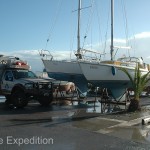

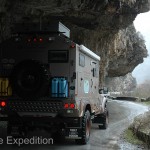
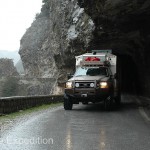
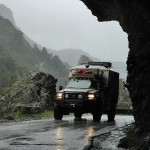
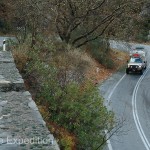
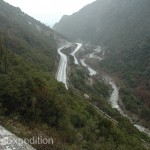
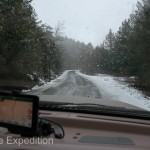

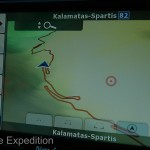
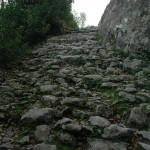
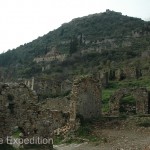
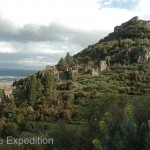
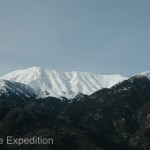
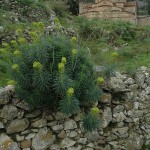


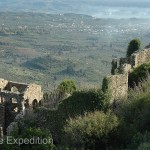
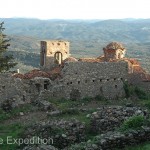
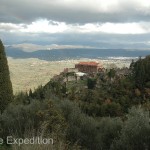
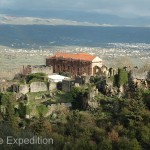
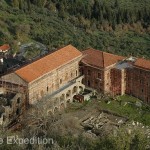
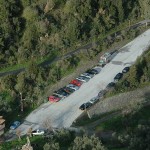
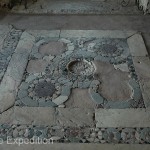
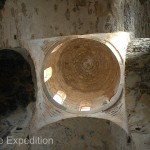
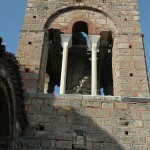
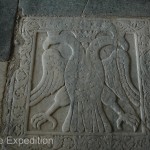

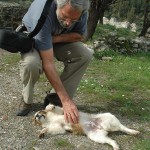
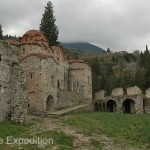
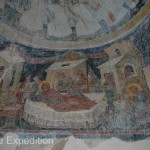
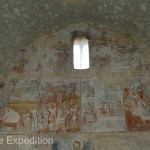
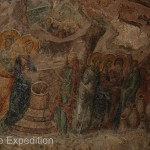
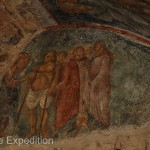
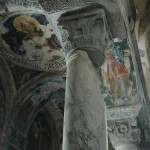
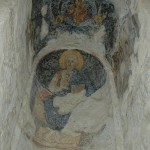

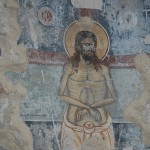
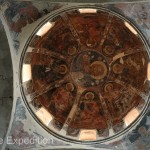
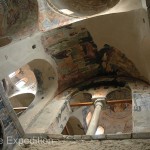
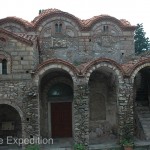
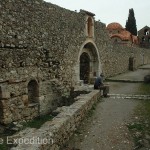





Leave a Comment